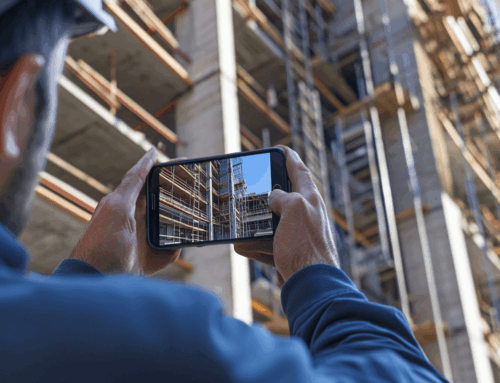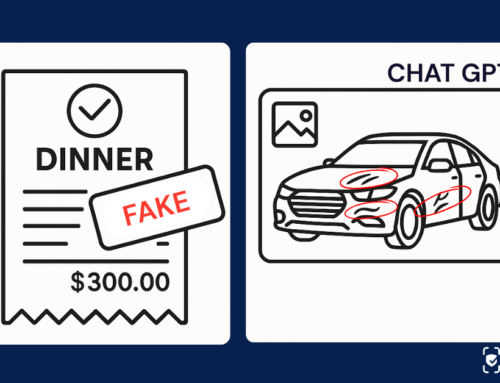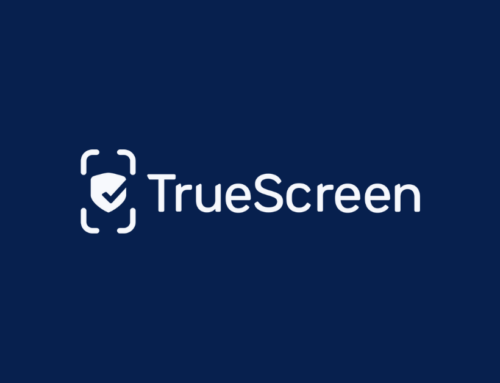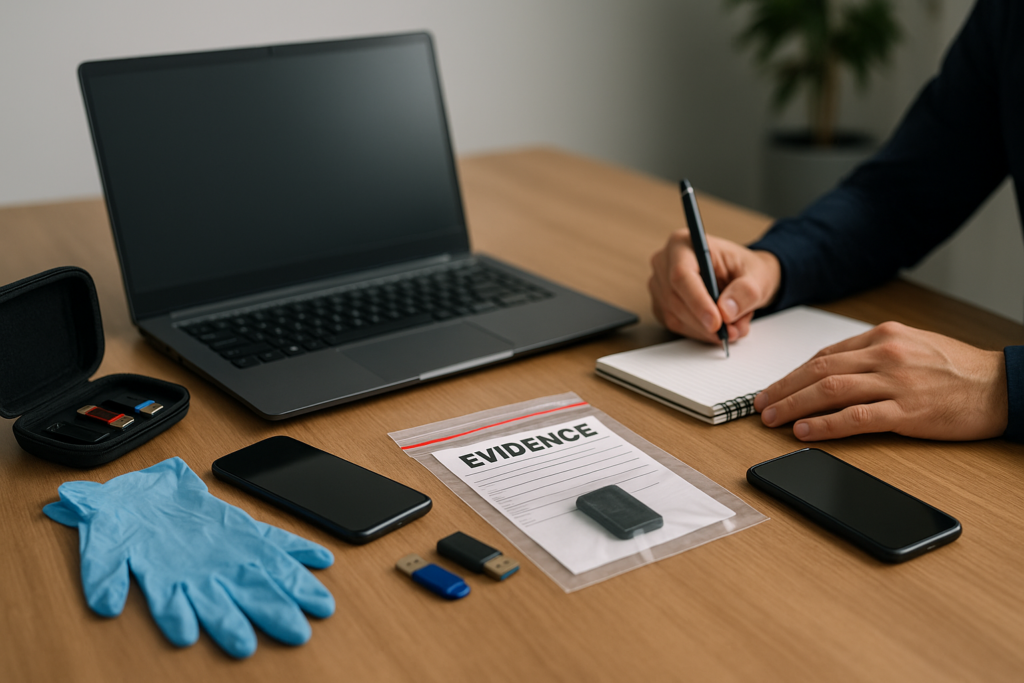
Digital evidence and its admissibility: authenticity and integrity explained
Not all digital content can be trusted. A photo, message, or document may seem real—but if you can’t prove where it comes from or its authenticity, it won’t hold up in court, audits, or negotiations.
That’s what sets digital evidence apart. It’s not just a file: its information has been captured and preserved in a way that makes it trustworthy and admissible in legal contexts.
A timestamped image, a signed PDF, or a screen recording can have legal value—but only if it’s supported by both content and process: what it shows and how it was created and secured.
This is where digital forensics plays a key role. It ensures that a content isn’t just available — it’s provable. Forensic-grade acquisition, metadata integrity, and tamper-proof preservation transform ordinary files into reliable digital evidence that can stand up in legal challenges.
In this context, authentication is essential. To authenticate digital evidence means to show that a file is original, unaltered, and tied to a specific device, time, or user.
Yet authenticity alone is not enough. Without integrity — the assurance that nothing has changed since the file was captured — its evidentiary value collapses.
Together, authenticity and integrity form the foundation of any content that meets the standards for admissible digital evidence. Without both, even the most persuasive file remains open to dispute.
Why digital evidence must be valid in the age of deepfakes and cheapfakes
In a digital landscape dominated by synthetic media and manipulated content, proving that a file is real isn’t just helpful — it’s essential. Today, even legitimate evidence can be challenged or dismissed if it lacks proper validation. This makes the concept of “validity” a cornerstone in the admissibility of digital contents.
When facing adversarial scenarios — legal disputes, audits, compliance checks — the strength of your evidence lies in how it was captured, documented, and secured.
Metadata must be verifiable. Processes must be auditable. And the entire chain of custody must be built on certified, tamper-evident methods.
That’s why solutions aligned with standards like eIDAS, ISO 27037, AGID and GDPR are no longer optional — they’re fundamental. Certified acquisition tools and immutable logs are key to demonstrating both provenance and unaltered state.
In a world where perception can be manipulated, only truly valid digital evidence can serve as an anchor to the search of truth.
Legal standards for admissible digital evidence: eIDAS, AGID and GDPR
In today’s digital landscape, evidence is only as strong as the legal frameworks and technical safeguards that support it.
For digital content to be admissible and legally defensible, it must strictly adhere to recognized international standards and regulation — this is not a matter of best practices, but of compliance and necessity.
Core regulatory frameworks
Digital evidence must comply with regulations such as:
- eIDAS (EU): it establishes the legal validity of electronic signatures, timestamps, and digital seals across Europe.
- AGID (Italy): it defines national rules for certified digital communication and document archiving.
- GDPR: it governs how personal data is acquired, processed, stored, and accessed, with specific relevance for digital evidence involving personally identifiable information.
Failure to align with these frameworks can result in evidence being excluded from legal or regulatory proceedings.
Supporting technical standards
To ensure both security and admissibility, digital evidence management should follow ISO standards such as:
- ISO/IEC 27001: for secure information management and access control.
- ISO/IEC 27037: covering the acquisition and preservation of digital evidence.
Following these protocols ensures that digital evidence is not only secure, but also forensic and legally robust.
True compliance also means embedding privacy and security by design at every stage — through encryption, traceable access logs, and restricted exposure.
Because in the modern regulatory landscape, digital evidence is only valid if it’s also compliant.
Making digital evidence court-ready and legally admissible
Being accurate isn’t enough — digital evidence must meet exacting legal and procedural standards to be considered admissible in court.
A raw file may show what happened, but without supporting data — metadata, certification, and a verifiable chain of custody — it risks exclusion.
So, what does it take to make digital evidence court-ready?
- Integrity: the file is unchanged from the moment it was captured
- Authenticity: the file can be clearly linked to its original source
- Traceability: all interactions with the file are logged
- Compliance: the evidence aligns with applicable technical and legal frameworks
Certified reports consolidate all this information—timestamps, device IDs, geolocation, and hash values—into a single, reviewable document. These reports serve as autonomous proof in litigation, arbitration, or audits.
Chain of custody and traceability: keeping digital evidence intact
A file’s origin matters — but so does its journey. If the path from capture to presentation is unclear, even authentic content can lose its value in court.
That’s why a secure, traceable chain of custody is essential. It protects the integrity of digital evidence and ensures that nothing is altered, lost, or questioned along the way.
A reliable chain of custody answers some key questions:
- Was the file accessed or modified after capture?
- Who handled it, and under what authority?
- Were transfers secure and properly logged?
Maintaining this chain requires:
- Immutable logs
- Timestamped actions
- Access controls
- Cryptographic sealing at every stage
Each of these safeguards contributes to traceability, making it possible to reconstruct the entire lifecycle of a file — from acquisition to courtroom use.
Because in legal and investigative contexts, it’s not just the file that proves something. It’s the unbroken custody behind it.
Blockchain vs certified notarization: what courts actually accept
Digital notarization gives legal value to content — but not all methods are treated equally in court.
Some choose blockchain-based notarization, citing its advantages in term of decentralization and immutability. While it creates a public, and immutable hash, it often lacks:
- Legal standardization
- Institutional recognition
- Alignment with compliance frameworks
This can make blockchain outputs harder to defend in legal context..
For notarization to be valid — and accepted by courts — it must meet specific criteria:
- Use of certified timestamping
- Application of digital signatures under eIDAS or equivalent regulations
- Generation of structured, auditable records
- Full alignment with legal requirements
Because, when dealing with a dispute, it is not what is innovative but what is legally binding that counts.
Where digital evidence makes a difference: key use cases
Certified digital evidence is now essential across industries—not just in legal settings.
- Law firms use verified screenshots, media and documents to support litigation and ensure their admissibility.
- Insurance companies rely on authentic media to validate claims, detect fraud, and reduce costs.
- Public authorities and law enforcement use digital evidence for audit, compliance, and transparency.
- Cybersecurity and corporate investigators analyze data acquired in forensic mode to track breaches and meet regulatory requirements.
- In e-commerce, logistics, and retail, companies document deliveries and transactions to resolve disputes and confirm asset status.
- Construction, real estate, and infrastructure teams use it to track progress, ensure safety, and verify compliance.
Digital evidence also helps to protect processes, intellectual property and manage risks in areas such as healthcare, cultural heritage, sports, food & beverage, automotive and manufacturing.
From law to logistics, and finance to fieldwork, trusted digital proof is becoming a universal standard for accountability and operational clarity.
How to manage authentic and admissible digital evidence
Creating reliable digital evidence isn’t a one-time task—it’s an ongoing process.
Each step must preserve both content authenticity and admissibility.
Here’s how to properly manage an authentic and admissible digital evidence, from the beginning to the end:
- Capture with the aim of certifying: use a tool that seals metadata, timestamps, and geolocation at the moment of acquisition.
- Preserve integrity and authenticity at every step: avoid manual intervention. Lock files and track every access with detailed logs.
- Align with recognized legal frameworks: follow standards like eIDAS, GDPR, and ISO 27037 to ensure global compliance.
- Protect, archive, and document properly: use encrypted storage, generate certified reports, and maintain a clear chain of custody.
By following these principles, you reduce legal and operational risk, while strengthening the trust behind every digital content.
This is the basis for effective management and legally admissible digital evidence.
How technology supports digital notarization and evidence integrity
Creating legally valid evidence requires more than mere intention: it demands uncompromising technical standards.
From the moment a digital content is captured, every element — how it’s recorded, sealed, and stored — must meet stringent requirements to be considered admissible.
The process must be designed to eliminate vulnerabilities at source, ensuring that the evidence is reliable by design.
To achieve this, the technology in use must ensure:
- Immutable preservation of metadata
- Automated integrity verification
- Generation of time-stamped and tamper-proof records
These are not optional features — but fundamental requirements to turn raw files into legally recognized digital evidence.
Manual handling introduces an unacceptable margin of error in dynamic or high-risk contexts. Only a system embedding forensic-grade certification and legal compliance at every step — from mobile acquisition to secure storage — can ensure traceability, consistency, and evidentiary strength.
When each file is already certified at the source, it doesn’t just represent information — it becomes a defensible, verifiable and trusted asset in every process it supports.
Ready to secure your digital evidence?
From personal files to business documents, sometimes having the right information is not enough — you need to be able to prove it.
With TrueScreen, capturing, certifying, and defending your digital evidence becomes simple and immediate. Our forensic technology ensures that every file — photo, video, screenshot, or document — is authenticated, sealed, and legally defensible from the moment of acquisition.
Want to see it in action? Book a call with our team and discover how TrueScreen can support your needs with simple, secure and legally reliable solutions.
